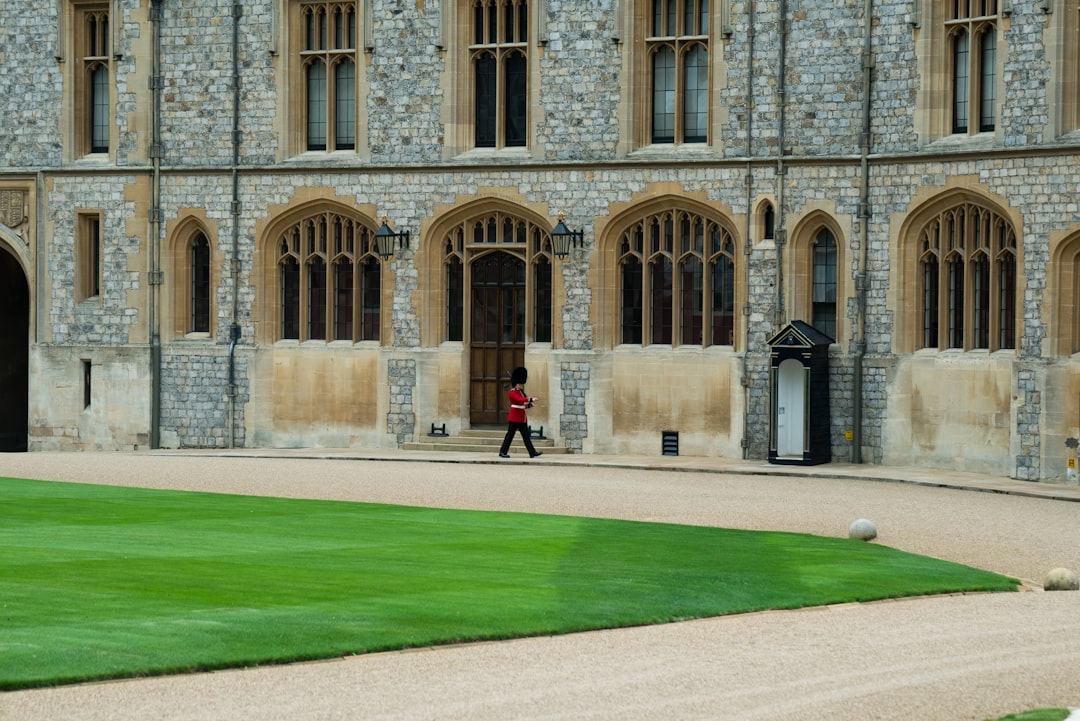Absolutism emerged as a dominant political doctrine in Europe during the late 16th and 17th centuries, characterized by the concentration of power in the hands of a single ruler. This form of governance was predicated on the belief that the monarch held absolute authority over the state and was not bound by any laws or governing bodies. The concept of divine right played a crucial role in legitimizing absolutist rule, as kings and queens claimed their authority was derived from God, thus positioning themselves as representatives of divine will on Earth.
This ideological framework not only justified their unchallenged power but also fostered a sense of duty among subjects to obey their sovereign. The rise of absolutism can be traced back to various socio-political factors, including the decline of feudalism, the emergence of centralized states, and the need for stability in a time marked by religious conflicts and wars. Monarchs sought to consolidate their power by diminishing the influence of the nobility and other competing entities, leading to a more unified state structure.
The absolutist model was not uniform across Europe; it manifested differently in various regions, influenced by local traditions, economic conditions, and historical contexts. Notable examples include Louis XIV of France, who epitomized the absolutist ideal, and Peter the Great of Russia, who sought to modernize his nation while centralizing authority.
Key Takeaways
- Absolutism was a political system in which a monarch held absolute power and authority over the state and its people.
- Kings played a central role in absolutism, acting as the ultimate authority and making all major decisions for the state.
- Royal courts were established to enforce the king’s will and maintain control over the nobility and the general population.
- Absolutism led to the centralization of authority, with the king consolidating power and reducing the influence of other institutions and individuals.
- The impact of absolutism on society included increased taxation, limited personal freedoms, and the suppression of dissent, leading to social unrest and discontent among the population.
The Role of Kings in Absolutism
The Monarch’s Authority and Legitimacy
The authority of the king is often reinforced through elaborate ceremonies and rituals that emphasize their divine right to rule, such as coronations and public displays of power.
Responsibilities of an Absolutist Monarch
The responsibilities of an absolutist monarch are vast and multifaceted. They are tasked with maintaining order, ensuring national security, and promoting economic prosperity.
Strategies for Achieving Success
To achieve these goals, kings often employed a range of strategies, including military expansion, diplomatic maneuvering, and economic reforms. For instance, Louis XIV’s reign saw significant military campaigns aimed at expanding French territory, while simultaneously investing in infrastructure projects that bolstered trade and commerce. The king’s ability to navigate complex political landscapes and maintain control over his realm was crucial to the success of absolutism.
The Establishment of Royal Courts

The establishment of royal courts was a fundamental aspect of absolutism, serving as both a center of political power and a symbol of the monarch’s authority. These courts became elaborate institutions where the king could exercise control over nobility and other influential figures. By inviting nobles to reside at court, monarchs could monitor their activities closely, reducing the likelihood of rebellion or dissent.
This practice not only centralized power but also fostered a culture of patronage, where loyalty to the crown was rewarded with titles, land, and privileges. Royal courts were also centers of culture and art, reflecting the grandeur and sophistication of the monarchy. Under Louis XIV, for example, the Palace of Versailles became a symbol of absolute power and artistic achievement.
The court was not merely a political entity; it was a vibrant hub for artists, writers, and philosophers who contributed to the cultural legacy of the era. The opulence of court life served to reinforce the monarch’s status while simultaneously distracting nobles from potential plots against their ruler. This intricate dance between power and culture exemplified how royal courts functioned as both instruments of control and showcases of national identity.
Centralization of Authority
Centralization was a hallmark of absolutism, as monarchs sought to consolidate power by diminishing the influence of regional authorities and local governance structures. This process often involved the establishment of bureaucracies that allowed kings to exert control over various aspects of governance, including taxation, law enforcement, and public administration. By creating a professional civil service composed of loyal officials, monarchs could ensure that their policies were implemented effectively across their realms.
One notable example of centralization is found in the reign of Peter the Great in Russia. He recognized that for Russia to compete with Western European powers, it needed a strong centralized government capable of implementing reforms swiftly.
This shift not only strengthened his authority but also laid the groundwork for a more modern state apparatus that could respond to the challenges of the time.
Impact of Absolutism on Society
The impact of absolutism on society was profound and multifaceted, influencing various aspects of daily life for both commoners and elites. For many subjects, absolutist rule brought about a degree of stability and order that had been lacking during periods of feudal fragmentation and civil strife. However, this stability often came at the cost of personal freedoms and local autonomy.
The centralization of power meant that local customs and traditions were frequently overridden by royal decrees, leading to tensions between different regions and social classes. Moreover, absolutism had significant implications for social hierarchies.
While some nobles adapted to this new reality by aligning themselves with the crown, others resisted these changes, leading to conflicts that could destabilize entire regions. The common populace often bore the brunt of these tensions; heavy taxation imposed by absolutist regimes to fund wars or lavish court life could lead to widespread discontent among peasants and urban workers.
Legacy of Absolutism

The legacy of absolutism is complex and continues to resonate in contemporary political thought. While many aspects of absolutist governance have been criticized for their authoritarian tendencies, they also laid important foundations for modern statecraft. The centralization efforts initiated by absolutist rulers contributed to the development of bureaucratic states capable of managing large populations and complex economies.
This evolution paved the way for modern nation-states characterized by defined borders, centralized governments, and legal systems. Furthermore, absolutism influenced Enlightenment thinkers who grappled with questions about governance, authority, and individual rights. Philosophers such as John Locke and Montesquieu critiqued absolute power while advocating for concepts like separation of powers and constitutional government.
Their ideas would eventually inspire revolutions that sought to dismantle absolutist regimes in favor of democratic principles. Thus, while absolutism may have represented an apex of monarchical power in its time, it also set in motion intellectual currents that would challenge its very foundations and shape the future trajectory of governance in Europe and beyond.
For further exploration of the centralization of authority and power, readers may be interested in the article Wittgenstein: Language, Reality, and Meaning. This article delves into the philosophical implications of language and how it shapes our understanding of reality and meaning, which can be closely tied to the ways in which absolutist rulers used language and communication to consolidate their power.
FAQs
What is Absolutism?
Absolutism is a political theory that advocates for the absolute and unrestricted power of a monarch. It is characterized by the centralization of authority and the concentration of power in the hands of the ruler.
What led to the rise of Absolutism?
The rise of Absolutism was influenced by various factors including the decline of feudalism, the need for centralized authority to maintain order and stability, and the desire of monarchs to consolidate their power and control.
How did Absolutist rulers centralize their authority?
Absolutist rulers centralize their authority by establishing strong bureaucracies, creating standing armies, controlling the judiciary, and limiting the power of the nobility and other competing institutions.
What were the effects of Absolutism on society?
The effects of Absolutism on society included the imposition of uniform laws and regulations, the suppression of dissent, the promotion of cultural and artistic patronage, and the expansion of state power and control.
Which monarchs are known for their practice of Absolutism?
Monarchs such as Louis XIV of France, Peter the Great of Russia, and Frederick the Great of Prussia are known for their practice of Absolutism and their efforts to centralize authority in their respective kingdoms.






















+ There are no comments
Add yours